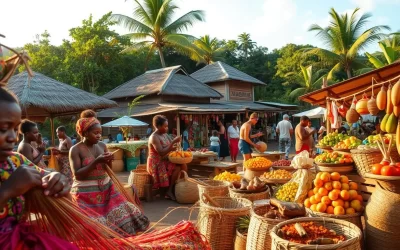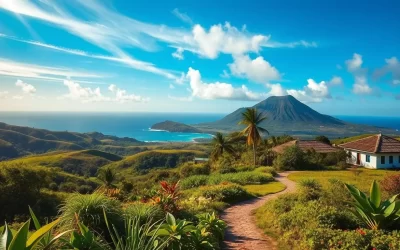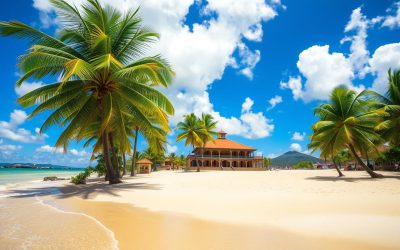Did you know that Mayotte boasts one of the world’s largest enclosed lagoons, spanning over 1,100 square kilometers and home to over 250 coral species? This French overseas department in the Indian Ocean remains one of travel’s best-kept secrets, offering extraordinary marine adventures, pristine beaches, and a fascinating blend of African, Arabic, and French cultures. Whether you’re seeking underwater encounters with sea turtles or panoramic hikes through volcanic landscapes, Mayotte delivers unforgettable experiences for every traveler.
Getting to Mayotte
Reaching this Indian Ocean paradise requires some planning. Most international travelers arrive at Dzaoudzi–Pamandzi International Airport on Petite-Terre. Direct flights from Paris are available through Air Austral and Corsair, while regional connections operate from Reunion Island, Madagascar, and Kenya. Flight times from Europe typically range from 10-12 hours with at least one connection.
Ready to Experience Mayotte?
Find the best flight deals to start your Mayotte adventure.
Best Time to Visit Mayotte
Mayotte enjoys a tropical climate with two distinct seasons. The dry season (May to October) offers the most pleasant weather with temperatures averaging 25-30°C (77-86°F), lower humidity, and minimal rainfall. This period is ideal for outdoor activities and underwater visibility for snorkeling and diving reaches its peak.
The wet season (November to April) brings higher humidity, occasional cyclones, and daily rain showers. However, this period coincides with whale migration season (July to October), when humpback whales visit Mayotte’s waters to calve and nurse their young. If marine wildlife is your priority, plan your visit during this overlap in late July through October.
| Season | Months | Weather | Activities | Crowds |
| Dry Season | May to October | Sunny, 25-30°C, low humidity | All outdoor activities, best diving visibility | High (July-August) |
| Wet Season | November to April | Humid, 28-32°C, afternoon showers | Indoor activities, cultural experiences | Low (except December holidays) |
| Whale Season | July to October | Pleasant, 25-28°C | Whale watching, marine safaris | Medium to high |
Getting Around Mayotte
Mayotte consists of two main islands: Grande-Terre (the main island) and Petite-Terre (where the airport is located). Regular ferry services connect these islands, with crossings taking about 20 minutes. On Grande-Terre, transportation options include:
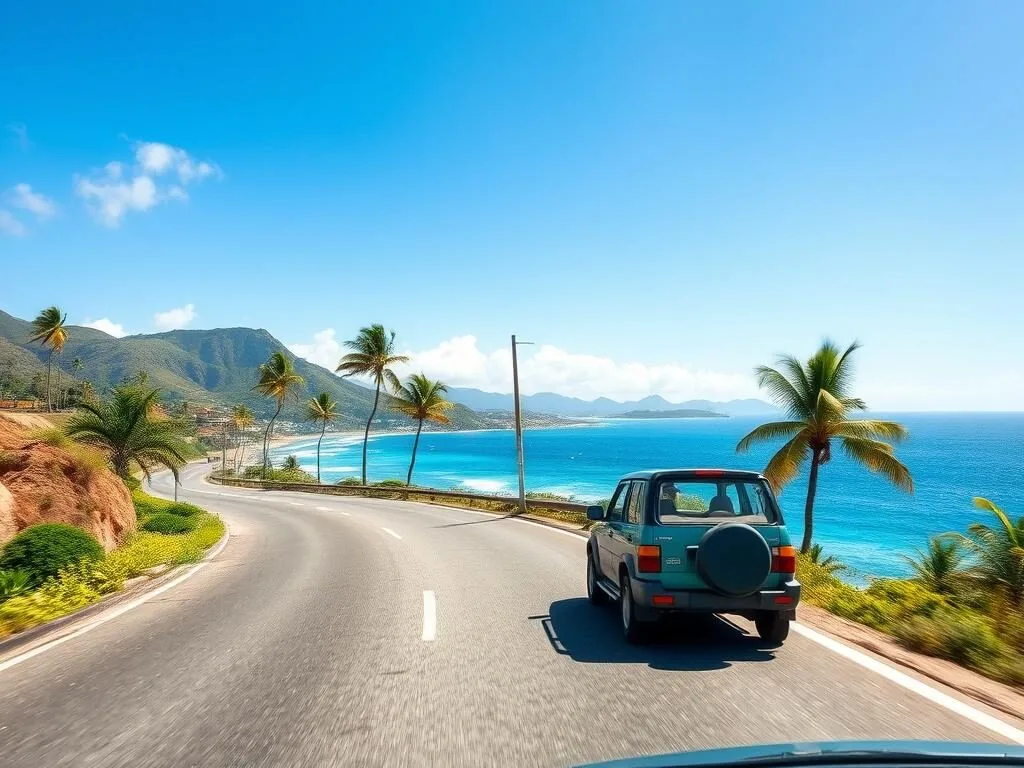
- Rental Cars: The most flexible option for exploring at your own pace. Several agencies operate at the airport and in Mamoudzou.
- Taxis: Available in major towns but can be expensive for longer journeys.
- Public Buses: Inexpensive but with limited schedules and routes.
- Water Taxis: Perfect for reaching secluded beaches and smaller islands.
Secure your transportation in advance for hassle-free exploration:
Where to Stay in Mayotte
Accommodation options in Mayotte range from boutique hotels to guesthouses and vacation rentals. Most properties are concentrated in and around Mamoudzou (the capital) and along the eastern coast of Grande-Terre. For the best experience, consider these areas:
- Mamoudzou: Convenient base with easy access to restaurants, shops, and transportation.
- Sakouli: Beautiful beaches and proximity to diving spots.
- Bandrélé: Quieter area with access to natural attractions.
- Petite-Terre: Close to the airport with good beaches.
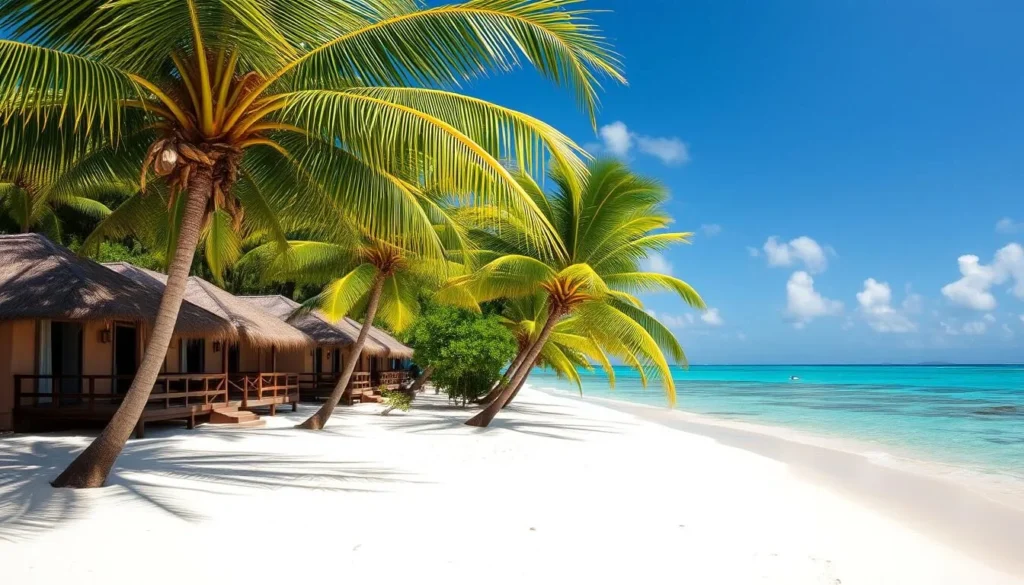
Find Your Perfect Stay in Mayotte
From beachfront bungalows to convenient city hotels, book your ideal accommodation:
Underwater Paradise: Marine Activities
Mayotte’s most extraordinary attractions lie beneath its crystal-clear waters. The island’s massive lagoon, protected by one of the world’s largest barrier reefs, creates perfect conditions for underwater exploration.
Snorkeling with Sea Turtles
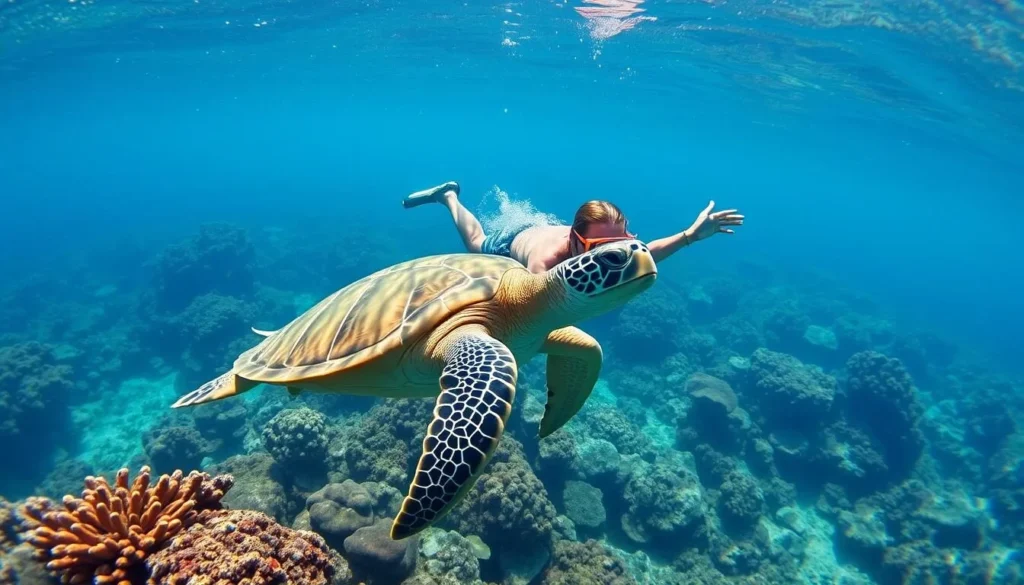
N’Gouja Beach on the southern coast offers one of the most accessible and reliable spots to swim with green sea turtles in their natural habitat. These gentle creatures feed on the seagrass meadows just offshore, creating perfect opportunities for close encounters. Early morning visits provide the best chance to see multiple turtles with fewer crowds.
Diving in the Lagoon
With over 250 coral species and more than 760 fish species, Mayotte’s diving sites rank among the Indian Ocean’s most diverse. Popular dive spots include:
- The Pass in Bandrélé: Known for manta ray sightings
- Longogori/The White Sand: Famous for its pristine sandy bottom and reef sharks
- The Drop-off at Saziley: Dramatic wall dive with pelagic species
- The Surprise: Colorful coral gardens with abundant marine life
Dolphin and Whale Watching
Mayotte’s lagoon serves as a nursery for humpback whales between July and October. Year-round residents include spinner dolphins, bottlenose dolphins, and occasionally dugongs (sea cows). Numerous operators offer half-day or full-day marine safaris to observe these magnificent creatures.
Explore Mayotte’s Underwater Wonders
Book your marine adventures with trusted local operators:
Browse Marine Activities
Mayotte’s Most Beautiful Beaches
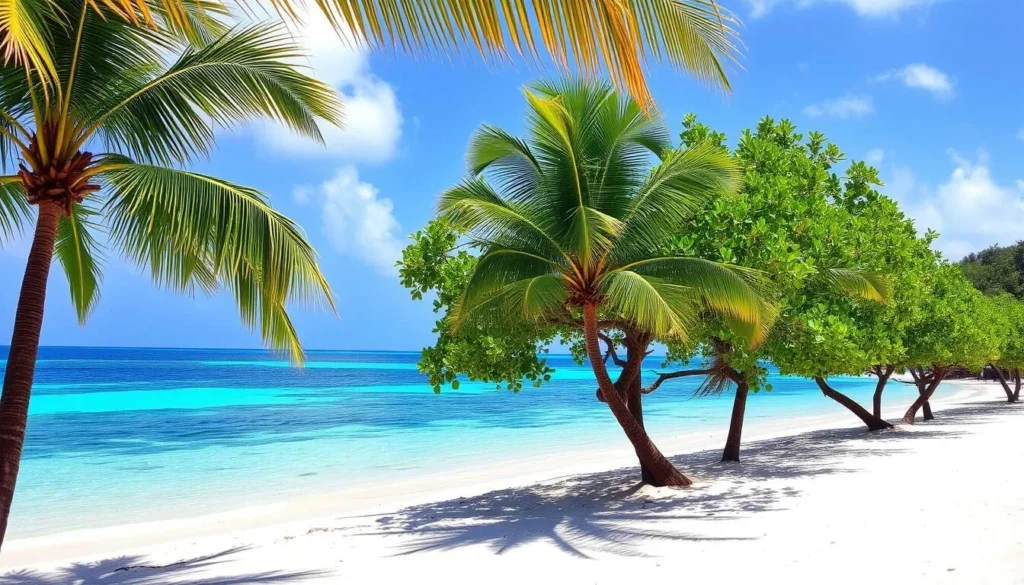
Mayotte’s coastline features stunning beaches with powdery white sand and crystal-clear waters. Here are the must-visit beaches during your stay:
N’Gouja Beach
The island’s most famous beach, known for its resident sea turtles and excellent snorkeling. The beach is lined with casuarina trees providing natural shade.
Sakouli Beach
A long stretch of golden sand on the east coast with calm waters perfect for swimming. The nearby hotel offers facilities and refreshments.
Moya Beach
Located on Petite-Terre, this pristine beach features white sand and shallow waters ideal for families. Visit during low tide for the best experience.
Sohoa Beach
A secluded beach on the west coast with excellent snorkeling opportunities and views of nearby islets.
Saziley Beach
Remote and pristine, this beach requires a short hike to access but rewards visitors with untouched beauty and privacy.
Bouéni Beaches
A series of small beaches in the southwest offering beautiful sunset views and calm waters.
“The beaches of Mayotte offer a rare combination of accessibility and pristine natural beauty that’s increasingly hard to find in today’s world.”
Hiking Adventures in Mayotte
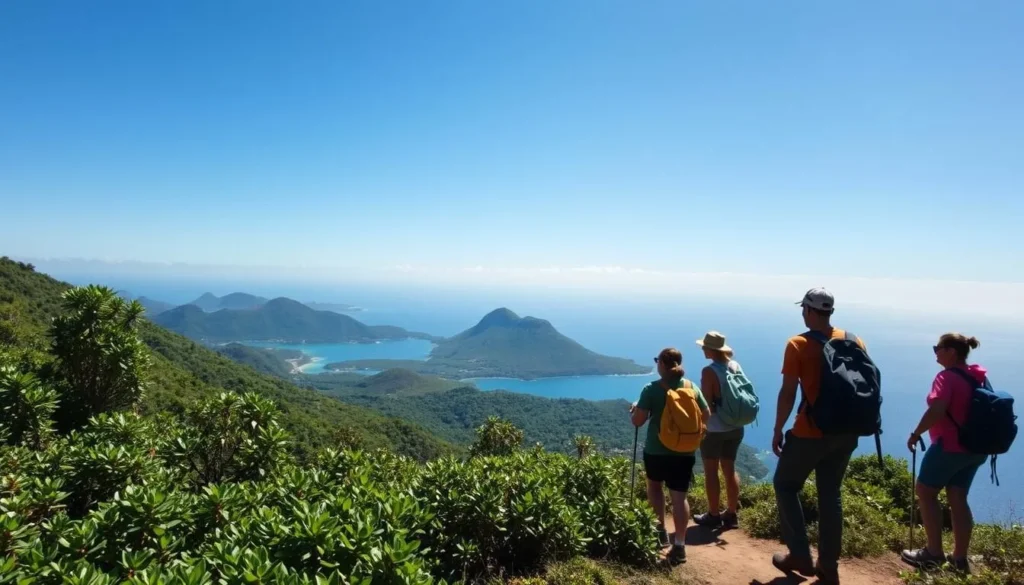
While Mayotte is renowned for its marine attractions, the island’s volcanic landscape offers excellent hiking opportunities with rewarding panoramic views.
Mount Choungui
The iconic peak of Mount Choungui (594m) is Mayotte’s most popular hike. The moderately challenging trail takes approximately 1-1.5 hours to reach the summit, where hikers are rewarded with spectacular 360° views of the island and its lagoon. Start early in the morning to avoid the midday heat and afternoon clouds.
Mount Benara
At 660m, Mount Benara is Mayotte’s highest peak. The trail passes through lush rainforest with opportunities to spot lemurs and endemic birds. The summit offers breathtaking views extending to neighboring Comoros islands on clear days.
Other Notable Trails
- Dziani Crater Lake: An easy circular walk around a volcanic crater lake on Petite-Terre
- Saziley Peninsula: Coastal trail with beautiful views and potential turtle nesting sightings
- Acoua Steps: Historic stone stairway with cultural significance
Hiking Safety Tip: Due to occasional security concerns, it’s advisable to hike in groups and check with local authorities or your accommodation about current conditions before setting out.
Cultural Experiences in Mayotte
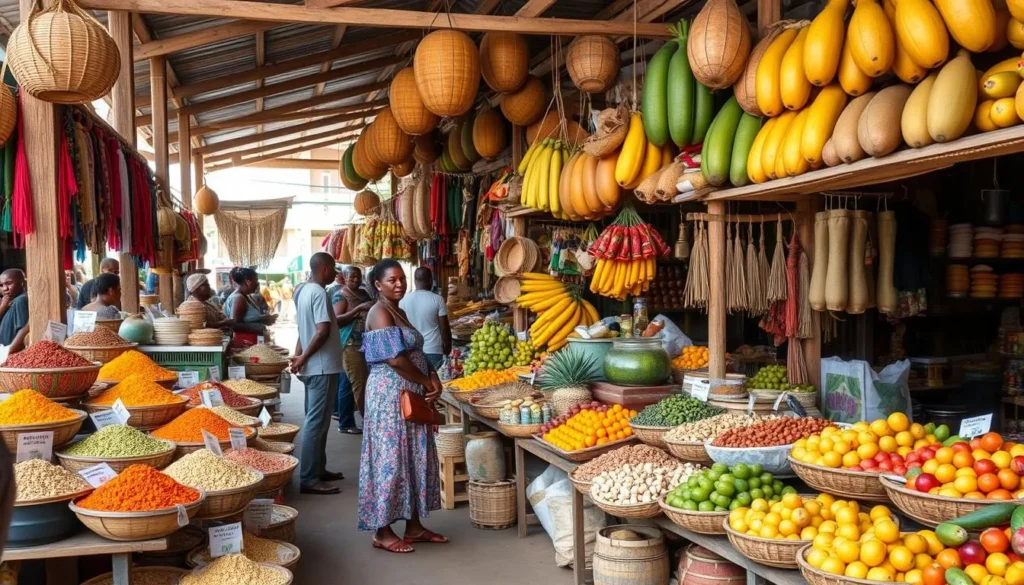
Mayotte’s unique cultural identity blends African, Arabic, Malagasy, and French influences, creating a fascinating multicultural experience for visitors.
Exploring Mamoudzou
The capital city of Mamoudzou offers the perfect introduction to local culture. Visit the vibrant central market where vendors sell fresh produce, spices, handcrafted items, and traditional textiles. The waterfront area comes alive in the evenings with food stalls serving local specialties.
Traditional Villages
Venture beyond tourist areas to experience authentic village life. Communities like Mtsamboro, Chiconi, and Bandrélé maintain traditional practices and architecture. Guided village tours can provide insights into local customs, traditional music, and dance.
Culinary Experiences
Mayotte’s cuisine reflects its diverse cultural influences. Don’t miss these local specialties:
- Mataba: Cassava leaves cooked with coconut milk and meat or fish
- Brochettis: Street food stalls serving grilled meat skewers with manioc and chili sauce
- Fresh Seafood: Prepared with local spices and often served with rice
- Tropical Fruits: Including jackfruit, soursop, and star fruit
Discover Mayotte’s Cultural Heritage
Book guided cultural tours and authentic experiences:
Browse Cultural Activities
Island Excursions and Boat Tours
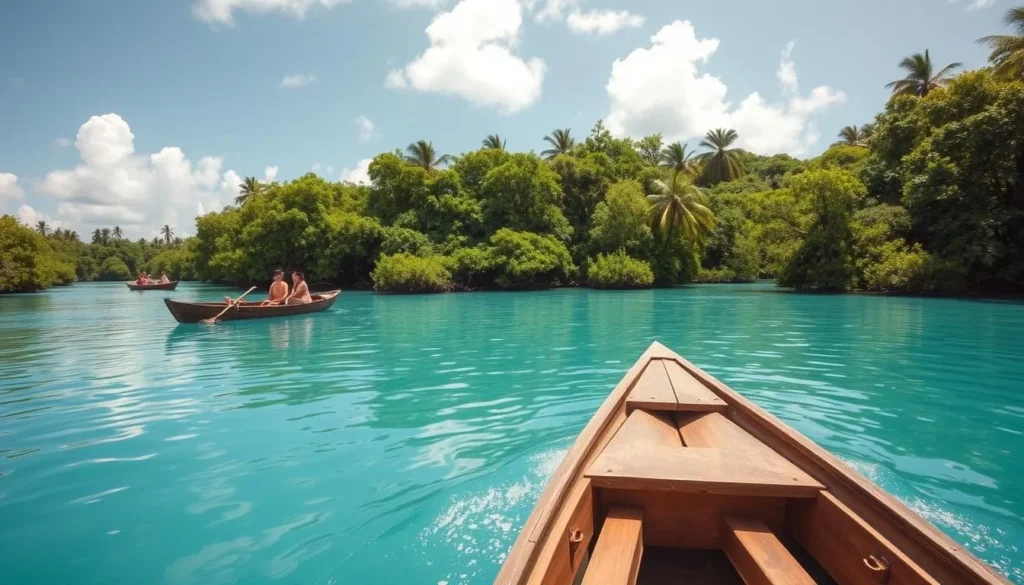
With its extensive lagoon and numerous islets, boat excursions are essential for experiencing Mayotte’s full beauty. Several operators offer day trips that typically include:
- Snorkeling at pristine reef sites inaccessible from shore
- Beach stops on uninhabited islets for swimming and picnics
- Wildlife spotting opportunities for dolphins, turtles, and seabirds
- Mangrove exploration through narrow channels
Popular Boat Excursions
Lagoon Tour
Full-day excursion circling the main island with multiple snorkeling and beach stops. Lunch typically included.
Saziley Islet
Visit this pristine white sand islet for swimming and relaxation. Be aware of tides as the islet can be submerged at high tide.
Mangrove Exploration
Guided tours through Mayotte’s extensive mangrove ecosystems, home to unique wildlife and important for coastal protection.
Explore Mayotte’s Lagoon and Islands
Book your boat excursion with experienced local operators:
Browse Boat Tours
Wildlife Encounters in Mayotte
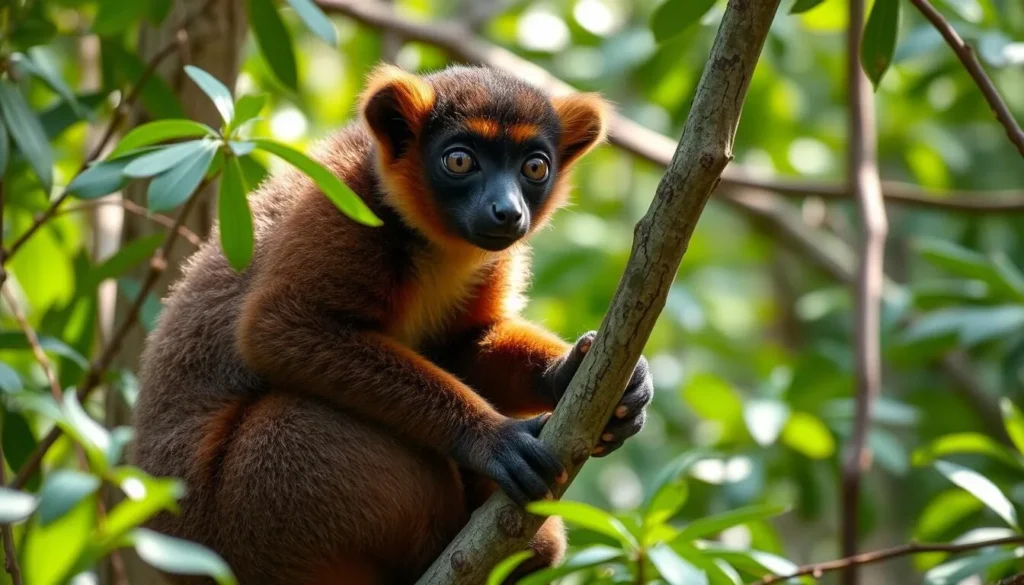
Beyond its marine life, Mayotte hosts fascinating terrestrial wildlife that reflects its position between Africa and Madagascar.
Lemurs
Introduced from Madagascar centuries ago, brown lemurs have established thriving populations in Mayotte’s forests. These charismatic primates are commonly spotted around N’Gouja beach and in forested areas throughout Grande-Terre. Early morning and late afternoon offer the best viewing opportunities.
Bird Watching
Mayotte is home to over 100 bird species, including endemic and migratory birds. Notable species include the Mayotte sunbird, Mayotte white-eye, and the rare Mayotte drongo. The mangrove areas and forest reserves provide excellent bird-watching opportunities.
Unique Marine Life
In addition to turtles and dolphins, Mayotte’s waters host some special residents:
- Dugongs: These rare marine mammals feed on seagrass in the lagoon
- Manta Rays: Frequently spotted at cleaning stations within the lagoon
- Whale Sharks: Occasional visitors during plankton blooms
Practical Tips for Visiting Mayotte
Essential Information
- Currency: Euro (€)
- Language: French (official), Shimaore (local)
- Visa: Not required for EU citizens; check requirements for your nationality
- Electricity: European standard 220V with Type E sockets
- Time Zone: EAT (UTC+3)
Health and Safety
- Bring mosquito repellent and use it regularly
- Apply reef-safe sunscreen for water activities
- Drink bottled or purified water
- Basic medical facilities are available; comprehensive travel insurance is recommended
- Check current security situations for remote areas
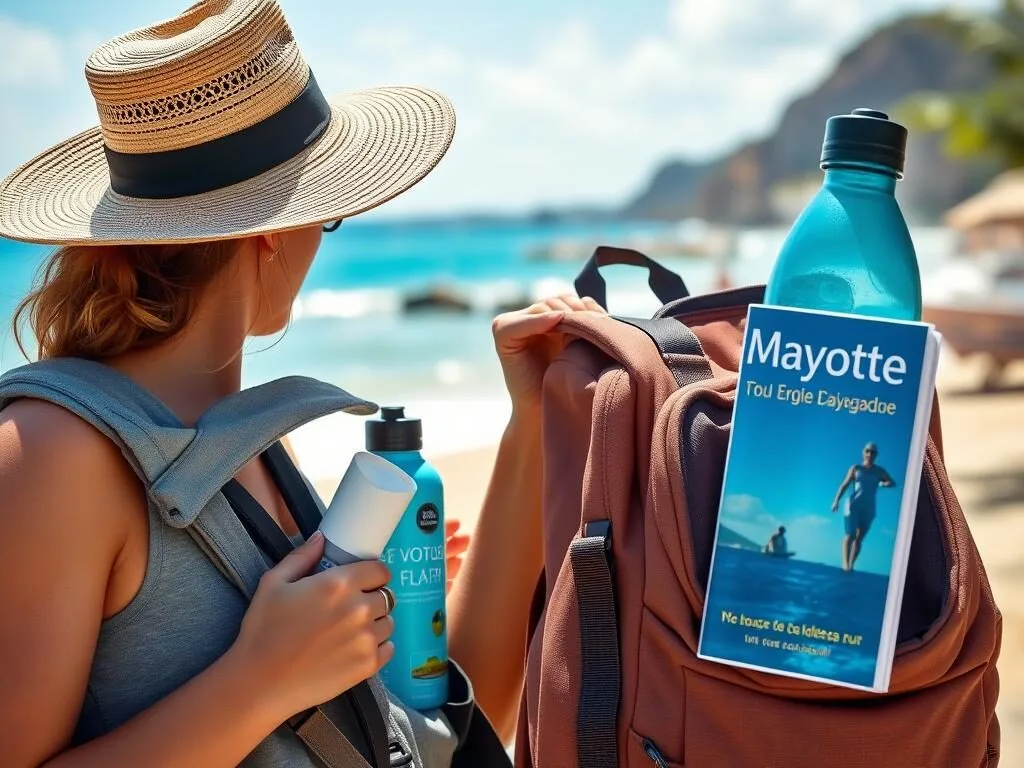
What to Pack
- Lightweight, breathable clothing
- Swimwear and rash guard for sun protection
- Hiking shoes for trails
- Snorkeling gear (though rentals are available)
- Waterproof bag for boat excursions
- French phrasebook or translation app
Local Etiquette Tip: Mayotte has a predominantly Muslim population. When visiting villages or non-tourist areas, dress modestly with shoulders and knees covered. Always ask permission before photographing people.
Sample 5-Day Mayotte Itinerary
| Day | Morning | Afternoon | Evening |
| Day 1 | Arrive and settle in Mamoudzou | Explore Mamoudzou market and waterfront | Dinner at local restaurant |
| Day 2 | Snorkeling at N’Gouja Beach with turtles | Relax on beach and observe lemurs | Sunset at Sakouli Beach |
| Day 3 | Full-day boat excursion in the lagoon | Snorkeling at multiple sites | Return and dinner |
| Day 4 | Early hike up Mount Choungui | Visit traditional village | Try local “brochettis” street food |
| Day 5 | Ferry to Petite-Terre | Dziani Lake walk and Moya Beach | Farewell dinner |
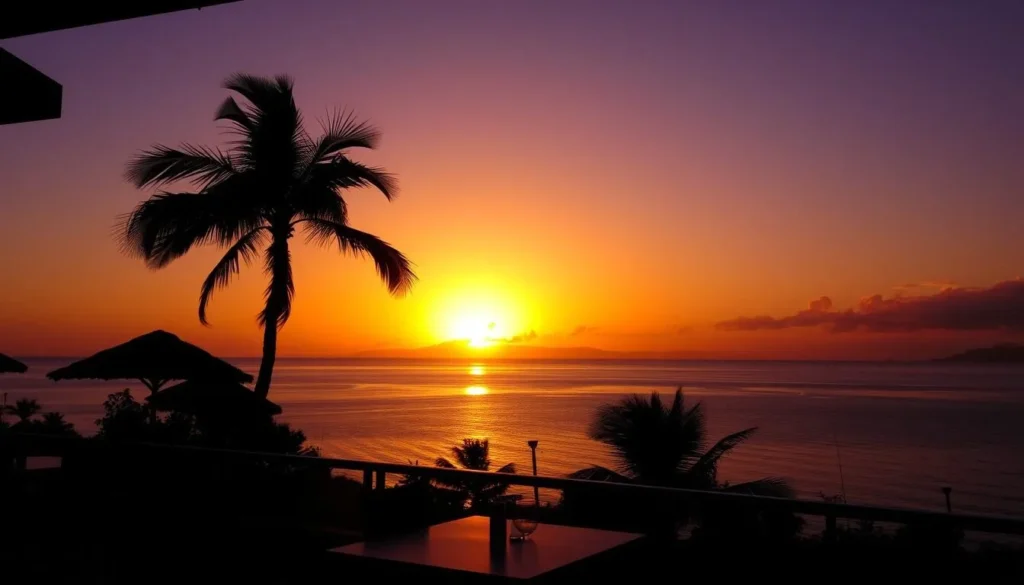
Plan Your Mayotte Adventure
Mayotte offers a rare combination of pristine natural beauty, rich cultural experiences, and unforgettable marine encounters without the crowds of more established destinations. From swimming alongside gentle sea turtles to hiking volcanic peaks and immersing yourself in the island’s unique cultural tapestry, Mayotte rewards travelers seeking authentic experiences off the beaten path.
With its extraordinary biodiversity both above and below the water, this French overseas department provides a perfect balance of adventure, relaxation, and cultural discovery. As tourism infrastructure continues to develop, now is the ideal time to experience Mayotte’s unspoiled charm before the secret gets out.
Ready to Experience Mayotte?
Start planning your perfect Mayotte adventure today:
Frequently Asked Questions About Mayotte
What is the best time of year to visit Mayotte?
The best time to visit Mayotte is during the dry season from May to October when weather conditions are most pleasant. For whale watching, plan your trip between July and October when humpback whales visit the lagoon.
Do I need a visa to visit Mayotte?
As a French overseas department, Mayotte follows EU visa regulations. EU citizens don’t need a visa, while visitors from other countries should check requirements based on their nationality.
Is Mayotte safe for tourists?
Tourist areas in Mayotte are generally safe, but like any destination, basic precautions are advised. Some remote areas may have security concerns, so it’s best to check current conditions with local authorities or your accommodation.
What language is spoken in Mayotte?
French is the official language, while Shimaore (a Bantu language related to Swahili) is widely spoken locally. In tourist areas, some English may be understood, but bringing a French phrasebook is recommended.
What are the must-do activities in Mayotte?
Don’t miss snorkeling with sea turtles at N’Gouja Beach, taking a boat tour of the lagoon, hiking Mount Choungui for panoramic views, and experiencing local culture in Mamoudzou’s market.
The above is subject to change.
Check back often to TRAVEL.COM for the latest travel tips and deals.


